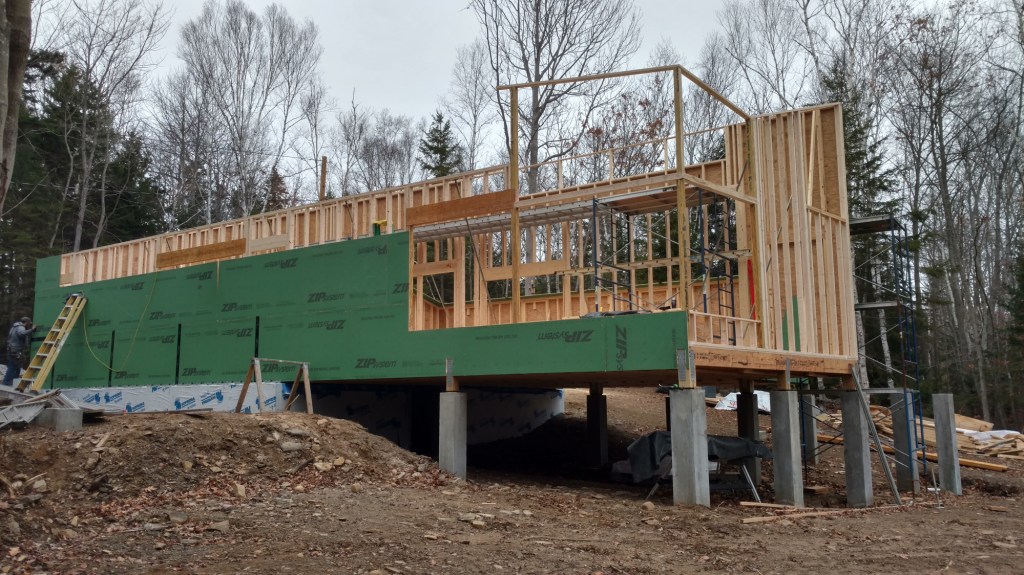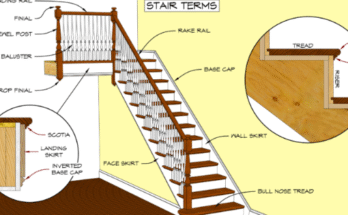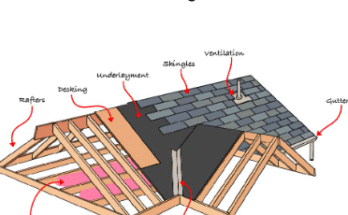
Last fall, JLC went to the jobsite on Peaks Island where lead carpenter Mark Pollard and the crew of Thompson Johnson Woodworks were building the foundation for one of the company’s most challenging jobs to date: an architect-designed custom home with enough odd angles to puzzle Pythagorus
After several meetings, site visits, and of course navigating through circuitous telephone menus, I finally obtained the documentation needed to satisfy all the requirements to get a demolition permit in-hand.
(Note: Click any image to enlarge)
The only requirement that I became concerned about was the hazardous material inspection. The inspector took no less than nine samples from different parts of the building. The ones that gave me cause for concern were the sample of the glazing around the windows and the multiple samples of vinyl or linoleum floor buried beneath the top layers. Fortunately, no hazardous material was found (whew, abatement is usually very expensive).
At the same time, since there is no strict schedule or even a required completion date, I asked one of the local trade schools, Warwick Area Career and Tech, if they would like to participate in the project. Within their curriculum they are able to design and draft the plans, perform all of the carpentry (including concrete work), and wire the house. Always hungry for real world experience, they jumped right on board and I got busy with the Architectural class right away.
During the design phase I threw the class a few curve balls, which they (and perhaps even the instructor) hadn’t seen before. Since it’s such a small house, I had to take every opportunity to maximize every bit of square footage. For example, I wanted to use the smallest amount of space necessary for the set of stairs. This means that the stairwell opening and the first-floor ceiling height are both determined by the rise and run of the stairs. Here in Rhode Island we can still use an 8 1/4” riser height and a 9” tread run. After doing the math, this allowed me to add more square footage to the landing and bedroom at the top of the stairs where it’s sorely needed.
As the Architectural class was working on the plans, I began preparing the house for demolition. The carpentry students toured the house and got to see the cause and extent of the damage that initiated the whole process. It became an onsite lesson for some of the modern code requirements, which we now follow in order to prevent a lot of the damage that occurred. At the same time, they helped remove a number of items that were to be saved for reuse. Their next visit would be D-day.





